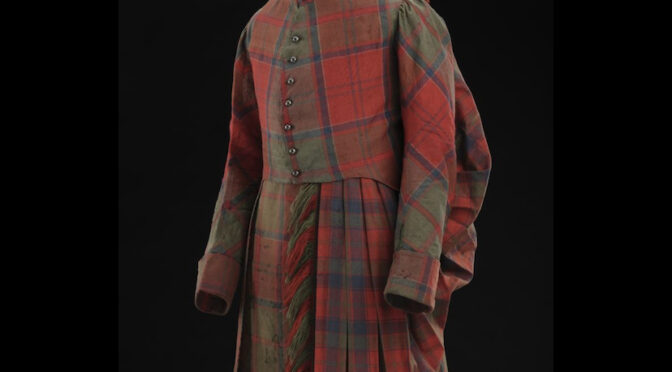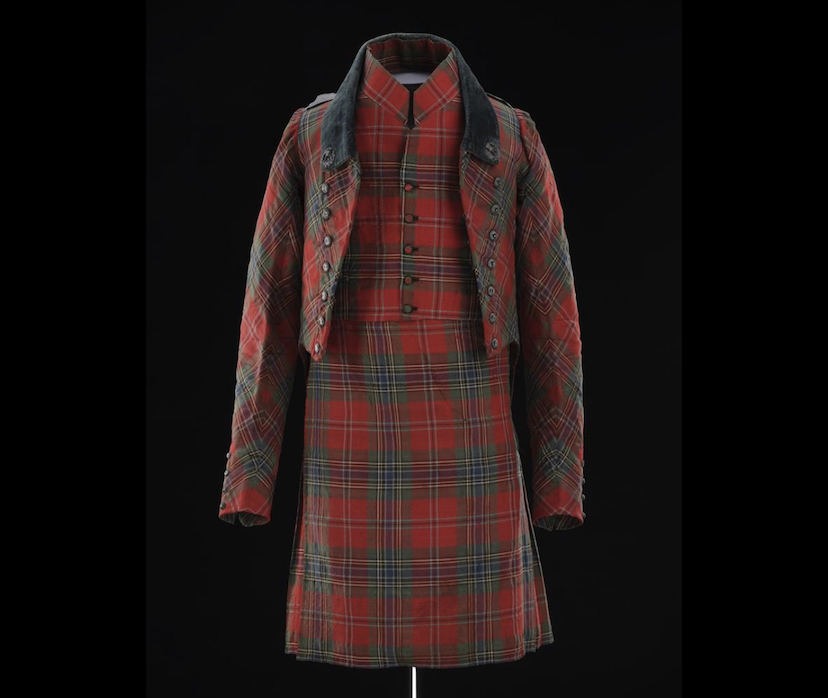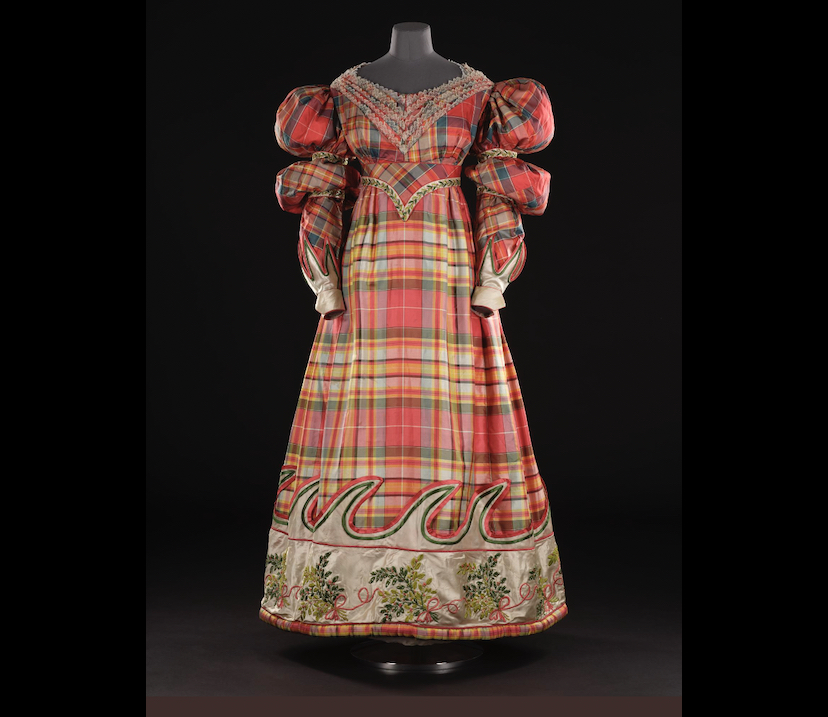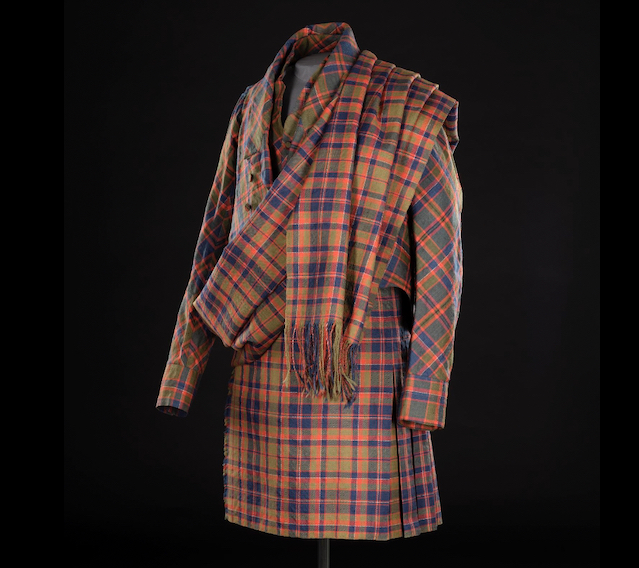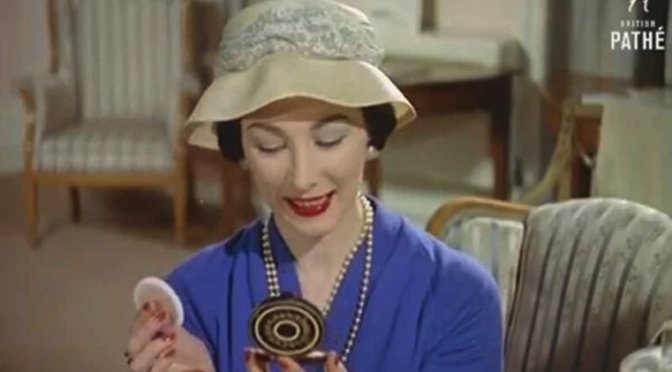In 1746, Scottish Jacobites were determined to see Scotland freed from England’s domination. They fought the English forces at the Battle of Culloden in hopes that when they prevailed, they would place their leader, Charles Edward Stuart (“Bonnie Prince Charlie”), on the British throne. However, the battle was a bloodbath, and the Jacobite cause was thoroughly defeated. To prevent further uprisings by supporters of the Stuarts, Britain outlawed Scotland’s clan system and the wearing of the clans’ beloved tartans.
The wearing of clan tartans had been a source of great pride and an essential marker of cultural and ideological identity for the clans of the Scottish Highlands. Britain’s ban on tartans undermined a resurgence of clan efforts to gain Scotland’s independence. The ban on tartans continued for 26 years after Culloden. The English imposed severe penalties on anyone found wearing such identifying garb.
In 1782, the ban was lifted. Indeed, during the 19th century, Queen Victoria and her family took to decorating their beloved Scottish Castle, Balmoral, with tartans, and even wore tartans themselves when in Scotland.
By the way, for Scots and other Brits, the words “tartan” and “plaid” aren’t synonyms. In Scotland, a plaid is not a pattern—it’s a long piece of tartan cloth worn over the shoulder as part of traditional Scottish dress.

